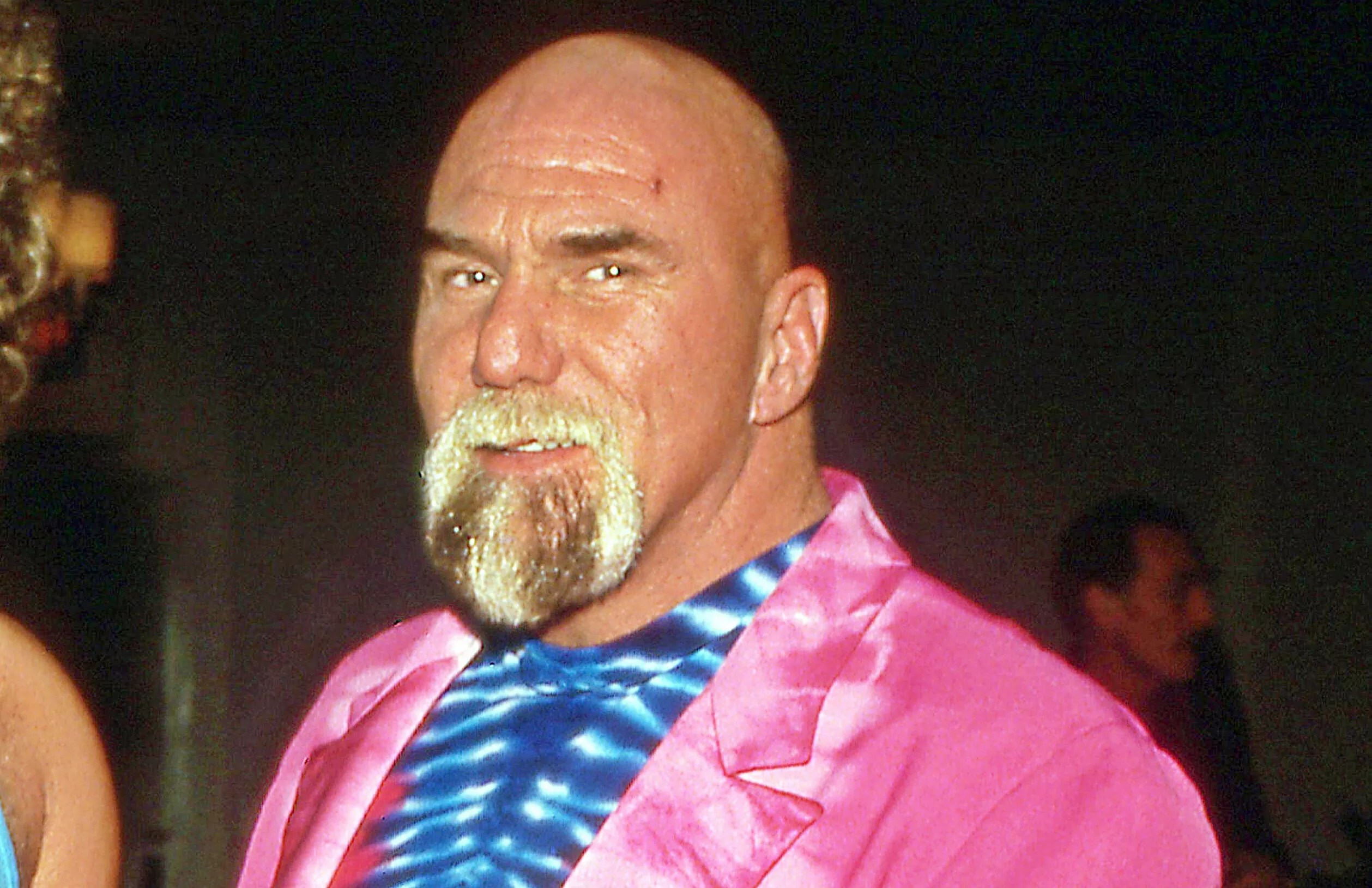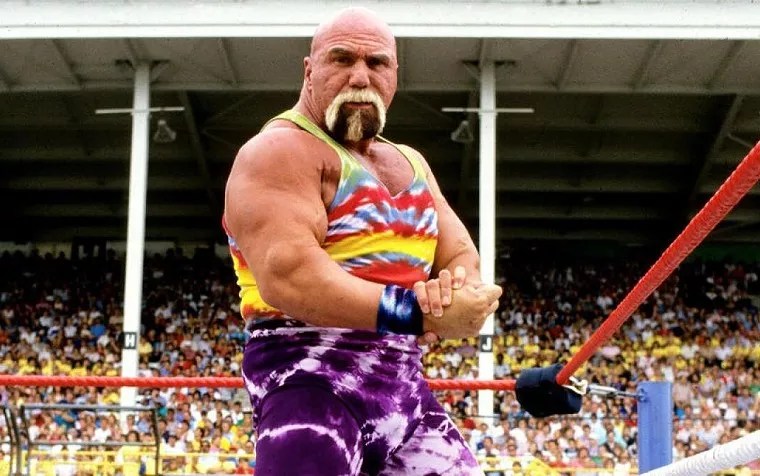
MediaPunch Inc/Alamy Stock Photo

Audio By Carbonatix
“Superstar” Billy Graham, the legendary pro wrestler and WWE Hall of Famer who inspired generations of grapplers with his charisma, style, and physique, died on Wednesday, May 17, at the Mayo Clinic in Phoenix. He was 79.
Graham, a Valley native whose real name was Eldridge Wayne Coleman, battled health issues for decades, including diabetes and congestive heart failure. After being hospitalized earlier this year for an ear and skull infection, his condition took a turn for the worse in recent weeks, resulting in an ICU stay and being placed on life support.
Graham was widely considered to be one of the most charismatic figures in the wrestling business, making a splash during his in-ring career, which ran from the ’60s through the ’80s and included a stint as WWE champion (back when the promotion was known as the World Wide Wrestling Federation).
He was one of wrestling’s most memorable and influential villains. With his muscular 6-foot-4 frame, chiseled features, and bleached-blonde hair, Graham was a brash, larger-than-life strongman with huge biceps and an even bigger mouth.
Will you step up to support New Times this year?
At New Times, we’re small and scrappy — and we make the most of every dollar from our supporters. Right now, we’re $16,000 away from reaching our December 31 goal of $30,000. If you’ve ever learned something new, stayed informed, or felt more connected because of New Times, now’s the time to give back.
His flamboyant fashion included feather boas and tie-dyed clothing. His unforgettable interviews were filled with Muhammad Ali-like poetry and bragging. (His signature line: “I’m the man of the hour / Too sweet to be sour / The women’s pet / The men’s regret / What you see is what you get.”)
Graham’s impact on pro wrestling was substantial. His style and showmanship influenced future legends like Ric Flair, Jesse “The Body” Ventura, and Scott Steiner. (Hulk Hogan has also cited Graham as the reason he got into the wrestling business.)
Earlier this week, longtime wrestling journalist Dave Meltzer stated, “If it wasn’t for Billy Graham, this industry would be so much different than it is.”
From the Valley to Madison Square Garden
Graham’s road to wrestling superstardom started in the Valley, where he was born in June 1943. As Phoenix New Times documented in a 2011 profile, he began working out in the fifth grade with homemade weights built from coffee cans and cement. Later on, he’d ditch school and break into strangers’ pools in order to tan.
Years after dropping out of high school, Graham wound up training at the original Gold’s Gym in Santa Monica, California, in the late ’60s where he met and became friends with a young Arnold Schwarzenegger. (Photos featuring the two were later printed in “Muscle and Fitness” magazine.)
Failed attempts to make it in the NFL led Graham to play in the Canadian Football League and eventually received training as a wrestler under the legendary Stu Hart in Calgary, Alberta. He eventually renamed himself “Billy Graham” after the famed evangelical preacher and spent the next few years competing with various regional promotions around North America.
As he told New Times in 2011, Graham compensated for his lack of wrestling skills by emphasizing his physique and over-the-top showmanship.
“I had my doubts … but once I got to the arena and saw the actual matches, felt the aura of the fans and the reaction of the fans to the wrestlers, it was like magic to me. Man, this is cool! This is really cool And, then, I said, ‘This is it. I got it; it’s entertainment,'” Graham said in 2011.
In 1975, he joined what was then the WWWF as a dastardly villain. Two years later, he defeated Bruno Sammartino, one of wrestling’s biggest faces at the time, for the company’s world championship in Baltimore in April 1977. He proved to be a huge success as fans sold out arenas in the northeast U.S., including Madison Square Garden in New York City, in the hopes of seeing him lose.

The late “Superstar” Billy Graham inspired generations of grapplers with his charisma, style, and physique.
WWE
From triumph to tragedy
Graham reportedly made thousands of dollars a night during his reign as world champ but squandered most of his cash on steroids, prescription drugs, taxes and child support. After he lost the title in February 1978, Graham would never reach the same heights again, leaving the company months later.
He returned to Phoenix and battled depression and drug addiction for years before attempting a wrestling comeback. Later stints with the WWF (now known as WWE) in 1982 and 1986 proved to be disappointing, including breaking his hip during the latter run.
After a few surgeries, Graham retired from the ring in 1987. It was the first in a series of health issues he dealt with over the ensuing decades of his life. In 2002, he received a liver transplant after contracting hepatitis C in the 1970s and suffering from cirrhosis. Meanwhile, his body was breaking down after years of steroid use.
Graham’s relationship with the WWE and its former owner, Vince McMahon, was also deteriorating. In 2004, Graham was inducted into the WWE’s Hall of Fame in 2004, but later got into disputes with McMahon over royalties from his 2008 autobiography, which was published by the company. The following year, he sold his Hall of Fame ring on eBay for $12,000.
The Superstar Billy Graham Just Left Us ðŸ™ðŸ» THANK YOU FOR ALL YOUR INFLUENCE On My Career! pic.twitter.com/YH0eT2NM4p
— Ric Flair® (@RicFlairNatrBoy) May 18, 2023
Remembering Graham’s career and legacy
Despite their previous drama with Graham over the years, WWE paid tribute on their website following his death, lauding him for “creating the archetype for a generation of superstars that followed in his footsteps.”
A number of current wrestlers have also saluted Graham’s career and legacy on Twitter and other platforms on Thursday.
Former National Wrestling Alliance world champion Nick Aldis described Graham as “quite possibly the biggest game-changer of all time” who helped make wrestling what it is today. “Because of Billy Graham, we got Hulk Hogan and Ric Flair, not to mention countless others who made fortunes borrowing from this man,” Aldis wrote. “Say his name and remember him.”
Graham is survived by his wife, Valerie, and two children. Funeral and memorial arrangements have not been announced.